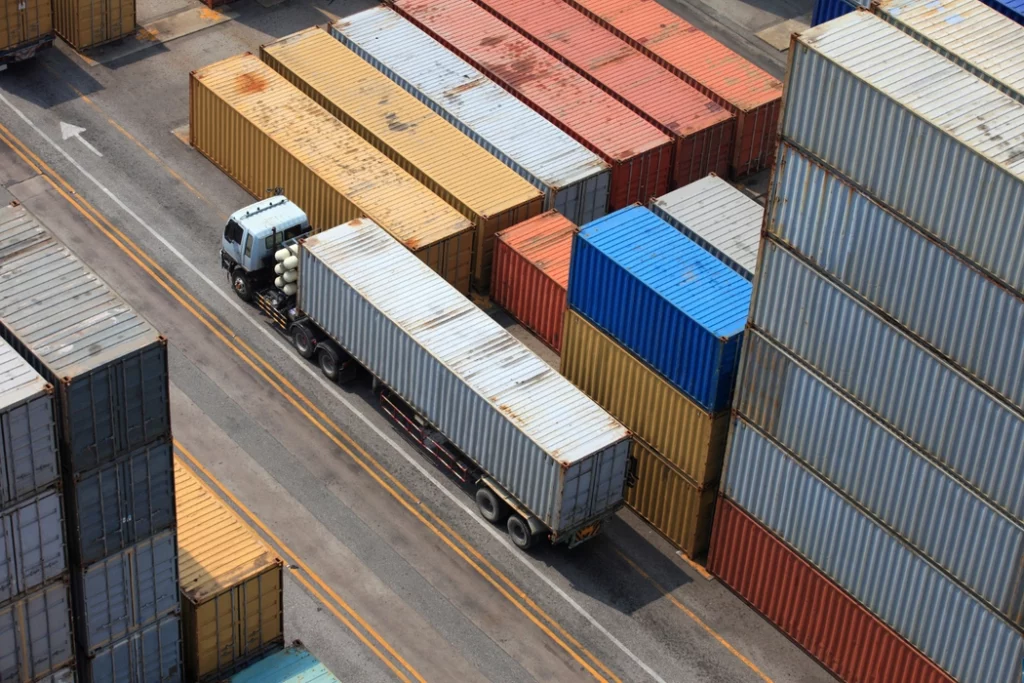India, with its rapidly expanding economy, is becoming a key player in global trade, particularly in the export of industrial goods. From automotive components to machinery, India has steadily enhanced its footprint in global supply chains, creating strong trade relationships with countries worldwide. As businesses increasingly look to India for sourcing, understanding the country’s role in international trade is critical for making informed decisions.
In this blog, we’ll explore India’s trade relations, the industries driving its exports, and why it’s becoming a hub for industrial goods.
1. India’s Global Trade Strategy: Key Partnerships and Agreements
India’s government has long recognized the importance of global trade to fuel economic growth. By forming strategic trade agreements, participating in global trade organizations, and enhancing relationships with key economies, India has positioned itself as a major exporter of industrial goods.
Some of India’s key trade partnerships include:
- United States: One of India’s largest trading partners, the U.S. is a significant market for Indian engineering goods, automotive components, and industrial machinery. Exports to the U.S. have been rising steadily, supported by growing bilateral trade relations.
- European Union: The EU is another key destination for Indian exports, particularly for industrial products such as machinery, electrical equipment, and iron and steel products. India has been in discussions to establish a free trade agreement with the EU to further enhance this relationship.
- ASEAN (Association of Southeast Asian Nations): India’s ties with Southeast Asia have strengthened over the past decade, driven by economic partnerships and trade agreements such as the ASEAN-India Free Trade Area (AIFTA). This has led to increased exports of industrial goods, chemicals, and electronics to countries like Singapore, Thailand, and Malaysia.
- Japan and South Korea: India has developed strong industrial ties with these nations, particularly in sectors like automotive components, heavy machinery, and electronics.
- Africa: India’s growing presence in Africa is evident in sectors such as infrastructure development, power generation, and machinery exports. African nations are increasingly sourcing industrial goods from India due to the competitive pricing and quality.
- Middle East: With strong ties to countries like the UAE and Saudi Arabia, India supplies a significant volume of industrial goods to the Middle East, particularly in construction equipment, metal products, and machinery.
2. Key Sectors Driving India’s Industrial Exports
India’s industrial sector is diverse, producing goods that cater to a wide range of industries. Let’s explore some of the major sectors that contribute to India’s growing export base:
- Automotive Components: India is a global leader in the production of auto parts, supplying components such as gears, engines, and transmissions to automotive manufacturers worldwide. The country’s cost-efficient manufacturing processes make it a key player in the global automotive supply chain.
- Machinery and Equipment: India produces a wide range of industrial machinery, including construction equipment, agricultural machinery, and heavy-duty machinery for manufacturing. These products are exported to markets in Africa, Southeast Asia, and the Middle East.
- Engineering Goods: A wide array of engineering goods—ranging from metal products and fabricated components to precision tools—are exported globally. India’s engineering sector has grown significantly, fueled by innovation, skilled labor, and competitive costs.
- Pharmaceutical and Chemical Products: India is also a significant player in the export of chemicals and pharmaceuticals. This includes chemical engineering goods used in manufacturing processes, as well as active pharmaceutical ingredients (APIs) for the healthcare industry.
- Electrical Equipment: India manufactures electrical transformers, switchgear, cables, and other equipment that are critical for power generation and distribution. These products are in high demand in developing regions, particularly Africa and Latin America.
- Industrial Valves and Pumps: The demand for Indian valves, pumps, and hydraulic systems is growing, especially in sectors like oil & gas, water treatment, and energy.
3. India’s Trade Agreements and Their Impact on Industrial Exports
To enhance its position in global trade, India has entered into numerous bilateral and multilateral trade agreements. These agreements are instrumental in providing access to new markets and reducing tariff barriers for Indian products.
Some notable trade agreements include:
- SAFTA (South Asian Free Trade Agreement): India is part of the SAFTA, which aims to promote trade among South Asian countries, including Bangladesh, Nepal, and Sri Lanka. This agreement allows India to export goods at reduced tariffs to neighboring countries.
- India-Mercosur PTA: India has a Preferential Trade Agreement (PTA) with Mercosur, a South American trade bloc. The agreement has helped boost India’s industrial exports to Brazil, Argentina, Uruguay, and Paraguay, especially in sectors like machinery and textiles.
- Comprehensive Economic Partnership Agreements (CEPA): India has CEPA with countries like Japan, South Korea, and Singapore. These agreements help reduce tariffs and promote the export of Indian industrial goods to these high-demand markets.
India is also in negotiations for new trade agreements, including a Free Trade Agreement (FTA) with the United Kingdom and the Regional Comprehensive Economic Partnership (RCEP), which could further bolster India’s trade prospects.
4. Trade Challenges and How India is Addressing Them
While India’s role in international trade continues to grow, there are challenges that businesses must navigate when sourcing from India:
- Infrastructure Gaps: While India has made significant improvements in its infrastructure, bottlenecks at ports and delays in customs clearance can still pose challenges. However, the Indian government has been investing heavily in improving road, port, and rail infrastructure to streamline logistics.
- Regulatory Complexity: Dealing with complex regulatory environments can be time-consuming, especially for foreign companies unfamiliar with Indian laws. Recent reforms, including the Goods and Services Tax (GST), have simplified many aspects of doing business in India.
- Quality Control: Ensuring consistent quality from suppliers across regions can be a challenge. Businesses are increasingly turning to third-party inspection services to mitigate this risk and ensure compliance with international standards.
5. Why India is an Attractive Sourcing Destination for Industrial Goods
So, why should businesses choose India for sourcing industrial goods? Here are some compelling reasons:
- Cost Competitiveness: India offers high-quality products at prices that are often lower than other manufacturing hubs like China or the EU. The country’s relatively lower labor and material costs contribute to this advantage.
- Diverse Manufacturing Base: India’s industrial base is vast and varied. Whether you need large machinery, small components, or custom-engineered products, India’s manufacturers can meet the demand.
- Skilled Workforce: India’s workforce is highly skilled, particularly in technical fields like engineering, manufacturing, and quality control. This ensures that the products meet the precise requirements of international buyers.
- Government Incentives: The Indian government offers incentives such as export subsidies and tax benefits to encourage manufacturing and export activities. The Make in India initiative, for example, has focused on boosting the manufacturing sector and attracting foreign investment.
- Strong Trade Relationships: India’s growing list of trade agreements and partnerships provides businesses with easier access to global markets. This ensures reduced tariffs and better market entry conditions for Indian goods.
6. Conclusion: India’s Role in Global Industrial Trade
India’s emergence as a key player in the export of industrial goods is no coincidence. With a growing manufacturing sector, strategic trade agreements, and a skilled workforce, India is well-positioned to meet the demands of global industries. Whether you’re sourcing machinery, valves, filters, or hydraulic components, India offers competitive pricing, high quality, and the expertise needed to support your business.
At Engineering Goods India, we specialize in connecting international businesses with top-quality industrial goods from India. From supplier identification to product development and quality control, we provide end-to-end sourcing solutions. Contact us today to explore how we can help meet your industrial sourcing needs!
Here are the full blogs based on the topics we discussed earlier. Each blog is structured to enhance readability and provide valuable information for potential clients.




